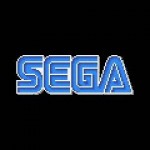September 9,1945: First Computer Bug Revealed
Subscribe! Spotify | RSS | More
1945 – Grace Hopper is forever immortalized in the computer world as the first person to find a bug in a computer system. Litterally. The bug was a moth in between Relay #70 on Panel “F” of the Harvard Mark II Aiken Relay Calculator.From there on end, “Bug” meant a problem in a computer system. I guess once the moth was removed, the word “Debug” was also added.BTW – The relay functioned properly after the moth was removed.
1947 – It sounds like that same relay finally failed 2 years later.
Subscribe to Day In Tech History:
RSS Feed - iTunes - Android - Spotify - iHeartRadio
Facebook -
- RSS Bandwidth by Cachefly Get a 14 Day Trial
- Join me on Patreon and support Day in Tech History
- The first TRS-80 is sold
- Sony releases the Playstation
- 9/9/99 (in 1999 that is)
- Script Kiddies hack NBC News
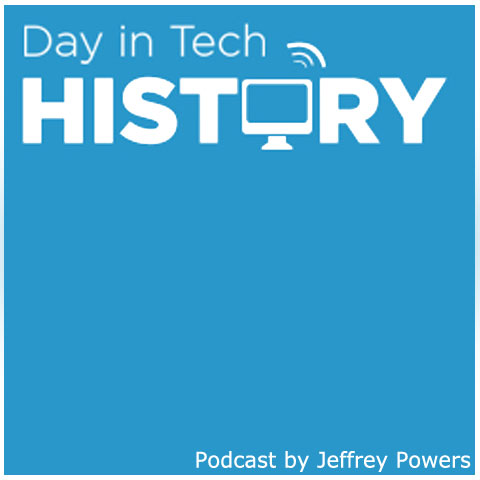




![RealDVD[1] RealDVD](https://dayintechhistory.com/wp-content/uploads/2013/09/RealDVD1-340x250.jpg)


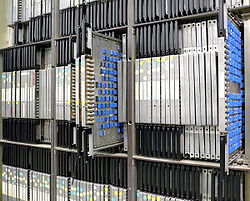
![3196554172_1a3213bba7[1] 3196554172_1a3213bba7[1]](https://dayintechhistory.com/wp-content/uploads/2013/09/3196554172_1a3213bba71-340x250.jpg)
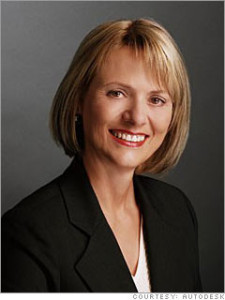
![LuLu[1] Lulu.com](https://dayintechhistory.com/wp-content/uploads/2013/09/LuLu1-340x250.jpg)
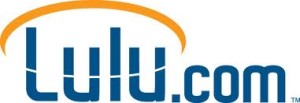
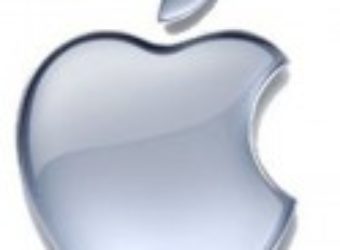
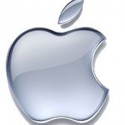
![ebay[1] eBay](https://dayintechhistory.com/wp-content/uploads/2013/09/ebay1-340x250.jpg)

![sega-logo[1] sega-logo[1]](https://dayintechhistory.com/wp-content/uploads/2012/09/sega-logo1-340x250.jpg)
